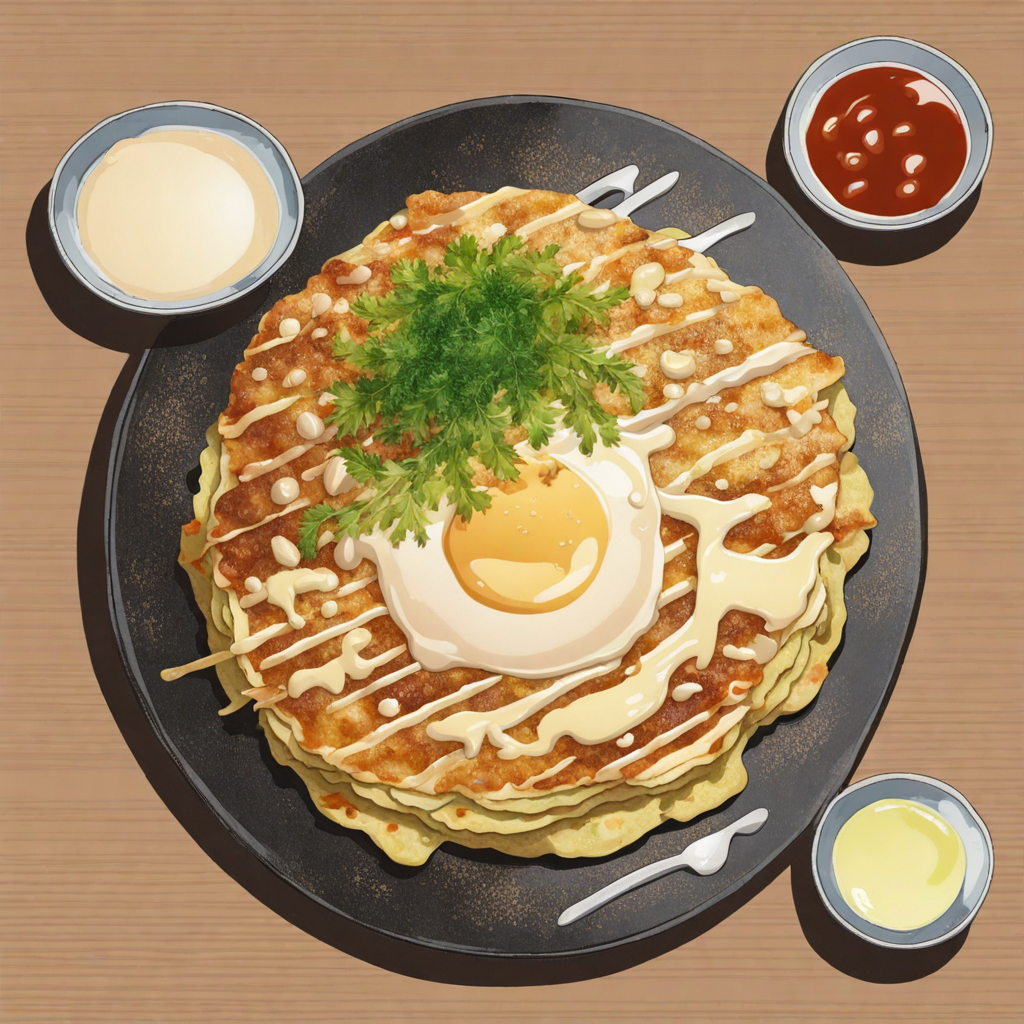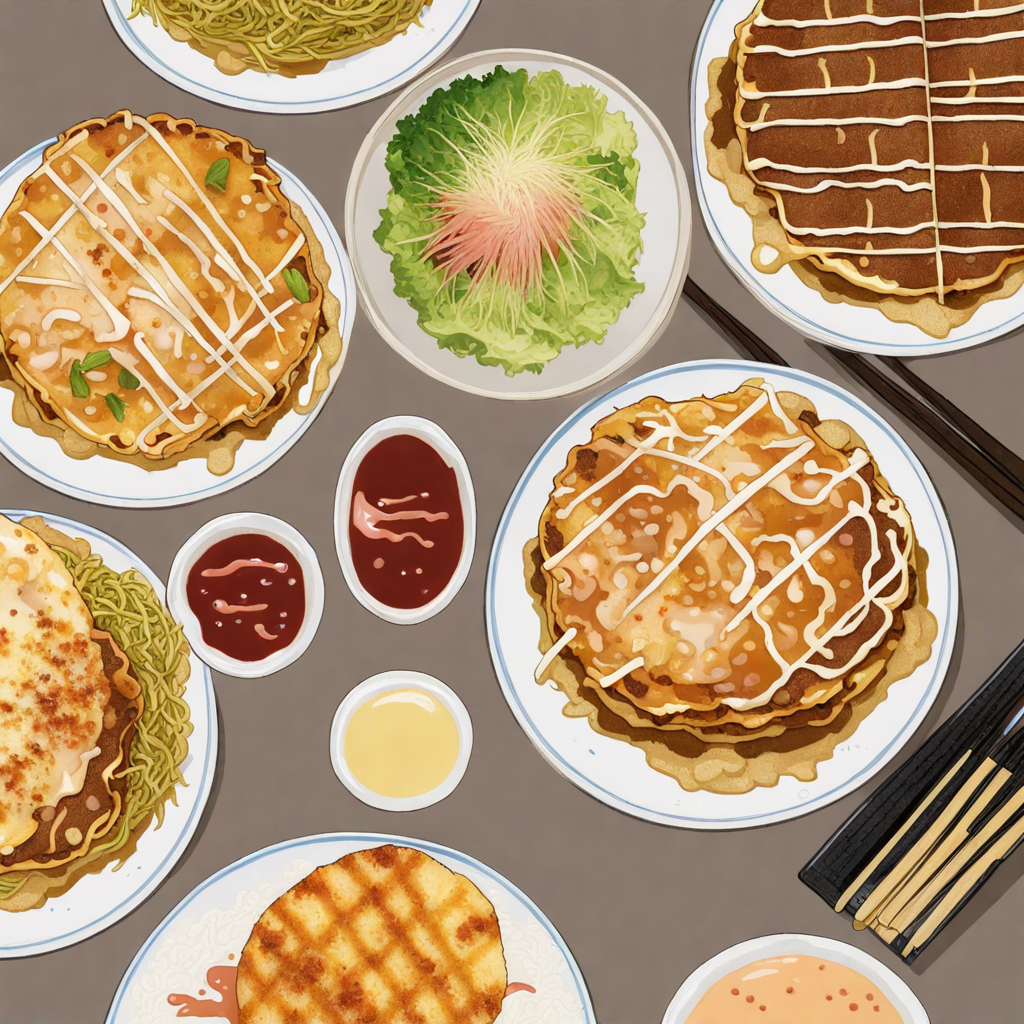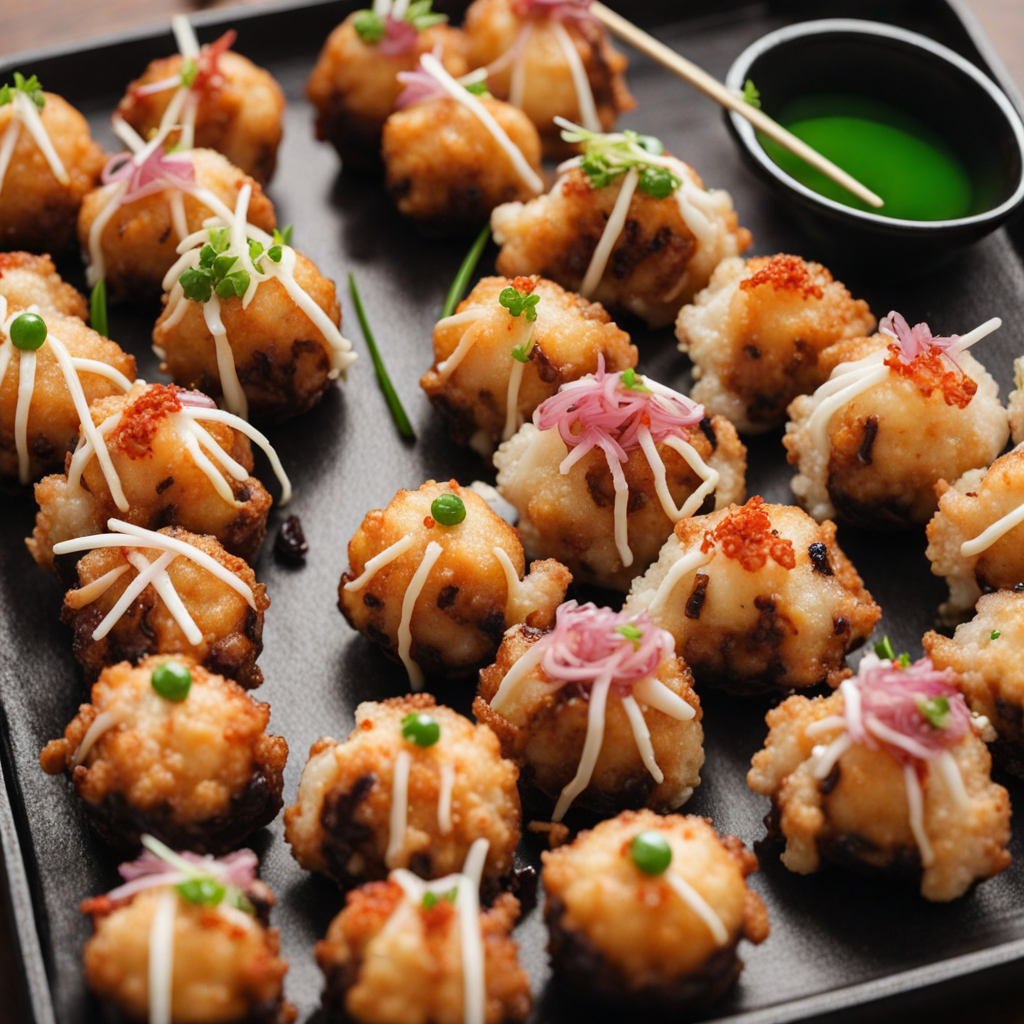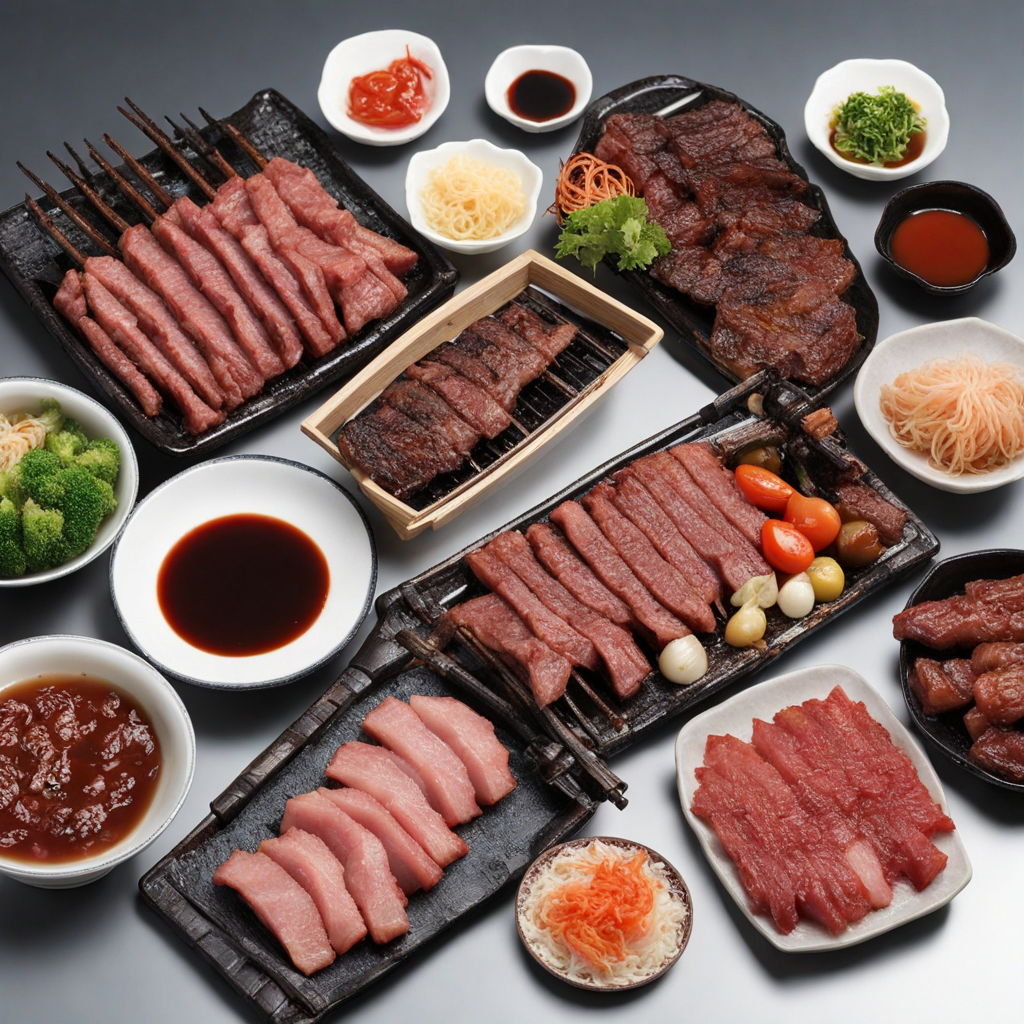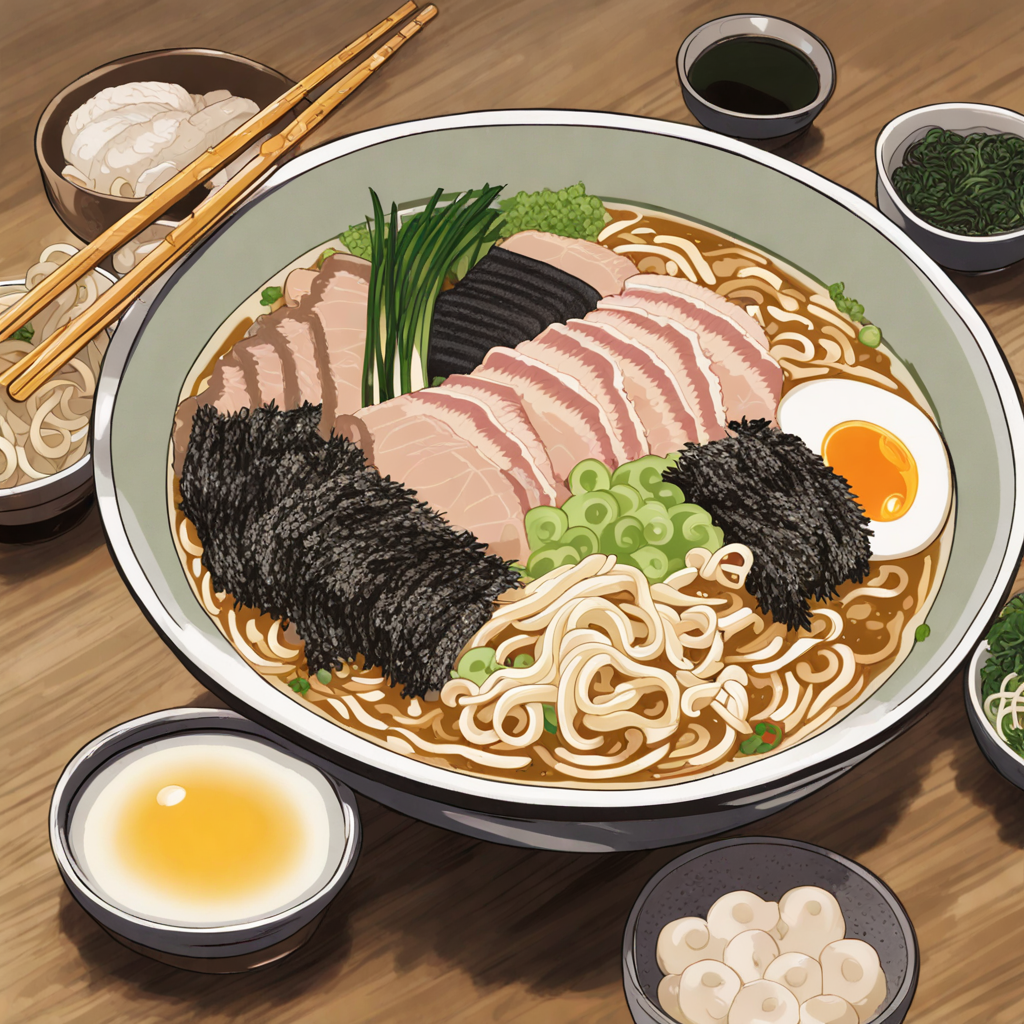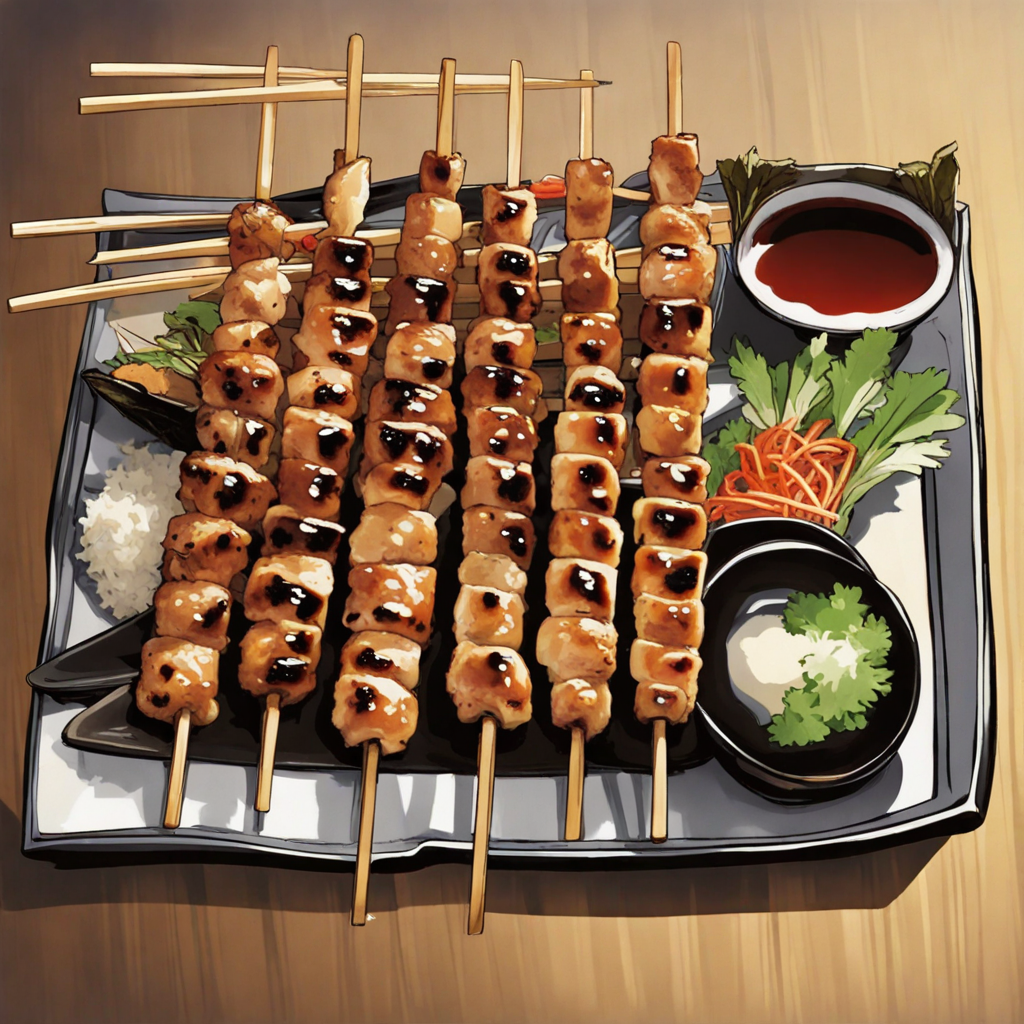Okonomiyaki
Okonomiyaki is a savory Japanese pancake that delights the palate with its unique blend of flavors and textures. The name translates to “grilled as you like it,” reflecting the dish’s versatile nature. It typically consists of a batter made from flour, grated yam, eggs, shredded cabbage, and a variety of additional ingredients such as meat, seafood, or cheese. The result is a hearty meal that can be customized to suit individual preferences, making each experience of enjoying okonomiyaki a personal one. The cooking process is as engaging as the dish itself; okonomiyaki is often prepared on a griddle, allowing diners to watch as their pancake sizzles to perfection. Once cooked, it is commonly topped with a drizzle of tangy okonomiyaki sauce, which is akin to a thick Worcestershire sauce, along with mayonnaise, bonito flakes, and aonori (dried seaweed). This medley of toppings not only adds layers of flavor but also creates an appealing presentation that tempts the senses. Each bite reveals a combination of soft, fluffy pancake and the crunchy texture of cabbage, complemented by the umami richness of the sauce. What makes okonomiyaki truly special is its regional variations found throughout Japan. For example, Hiroshima-style okonomiyaki layers the ingredients rather than mixing them into the batter, often including yakisoba noodles as a unique twist. In contrast, Osaka-style is typically more mixed and compact. Regardless of the style, okonomiyaki offers a delicious exploration into Japanese comfort food, inviting those who try it to enjoy a fusion of flavors that is both satisfying and memorable.
How It Became This Dish
Origins of Okonomiyaki Okonomiyaki, often referred to as "Japanese savory pancakes," has its roots in the early 20th century in Japan, though its precursors can be traced back even further. The dish's name translates to "grilled as you like it," which reflects the customizable nature of this beloved food. Its origins can be linked to a dish called 'funoyaki,' which was a simple flour and water mixture cooked on a griddle. During the Edo period (1603-1868), a similar dish known as 'yaki-mono' was enjoyed, which involved grilling various ingredients. However, the modern version of okonomiyaki gained prominence in the aftermath of World War II, particularly in the Kansai region, which includes cities like Osaka and Kyoto. The post-war period saw a scarcity of food, leading people to become creative with whatever ingredients were available. This innovation gave rise to the okonomiyaki we know today, as cooks began to mix cabbage, flour, and other available ingredients into a batter. This adaptability to local tastes and available resources is a central theme in the history of okonomiyaki, making it a dish that reflects the socio-economic conditions of its time. \n Cultural Significance Okonomiyaki is not just a dish; it embodies the spirit of Japanese communal dining and the concept of 'sharing.' Traditionally, okonomiyaki is cooked on a teppan (a flat griddle) at the dining table, allowing diners to participate in the cooking process. This interactive element fosters an intimate atmosphere, encouraging conversation and camaraderie among family and friends. The dish is often associated with festivals, street food stalls, and casual dining establishments, making it accessible to a broad audience. In the Kansai region, particularly in Osaka, okonomiyaki is considered a local specialty and is a source of pride for its residents. The city hosts various okonomiyaki restaurants, each claiming to have the best recipe or technique, which adds to the competitive yet friendly culinary landscape. Furthermore, okonomiyaki's role in Japanese cuisine has been recognized internationally, contributing to the spread of Japanese food culture outside of Japan. \n Regional Variations As okonomiyaki spread throughout Japan, distinct regional variations emerged, with each area putting its unique spin on the dish. The most notable variations are found in Osaka and Hiroshima. In Osaka-style okonomiyaki, the ingredients are mixed into the batter before cooking, resulting in a thick, hearty pancake. It typically contains a generous amount of shredded cabbage, meat (such as pork or seafood), and is topped with a savory sauce, mayonnaise, and bonito flakes. In contrast, Hiroshima-style okonomiyaki takes a layered approach. The ingredients are cooked separately and then stacked, with the batter acting as a base. A key feature of Hiroshima-style is the inclusion of yakisoba noodles, which add a distinctive texture and flavor. This variant reflects Hiroshima's local ingredients and has become a point of pride for its residents, leading to fierce debates among enthusiasts regarding which style is superior. \n Modern Developments The 21st century has seen okonomiyaki evolve further, as chefs experiment with fusion flavors and modern cooking techniques. While traditional recipes remain popular, contemporary interpretations may incorporate ingredients like cheese, avocado, or even international flavors, such as kimchi or curry. This innovation has helped ensure the dish remains relevant and appealing to younger generations and global audiences. Furthermore, the rise of food tourism has spotlighted okonomiyaki, attracting visitors eager to experience authentic Japanese cuisine. Culinary tours often include okonomiyaki cooking classes, where tourists can learn to prepare their versions, deepening their appreciation for this cultural staple. As a result, both the traditional and modern takes on okonomiyaki contribute to a vibrant culinary scene that celebrates Japan's rich food heritage. \n Beyond the Plate Okonomiyaki also reflects broader societal trends in Japan, such as the shift towards a more casual dining culture. With busy lifestyles, many people now prefer quick, easy-to-prepare meals that still offer a sense of community. The adaptability of okonomiyaki meets this demand, as it can be modified to suit various dietary preferences, making it a versatile choice for families and gatherings. The dish's popularity has also led to the emergence of okonomiyaki festivals and competitions, where chefs showcase their skills and creativity. These events not only celebrate the dish but also promote local economies and tourism, as they draw crowds eager to taste different styles and flavors. Such initiatives contribute to the preservation of this culinary tradition while simultaneously promoting innovation. \n Conclusion: A Culinary Legacy As we look at the evolution of okonomiyaki, it becomes clear that this dish is more than just a meal; it is a symbol of resilience, community, and culinary creativity. From its humble beginnings in the post-war era to its status as a beloved staple in Japanese cuisine, okonomiyaki captures the essence of Japanese culture. Its adaptability to local tastes and ingredients illustrates the dynamic nature of food, making it a living tradition that continues to evolve. In conclusion, okonomiyaki stands as a testament to Japan's rich culinary heritage and its ability to adapt to changing times and tastes. Whether enjoyed in a bustling Osaka restaurant or made at home with family, this dish remains a beloved part of Japanese culture, inviting everyone to partake in its delicious history.
You may like
Discover local flavors from Japan


